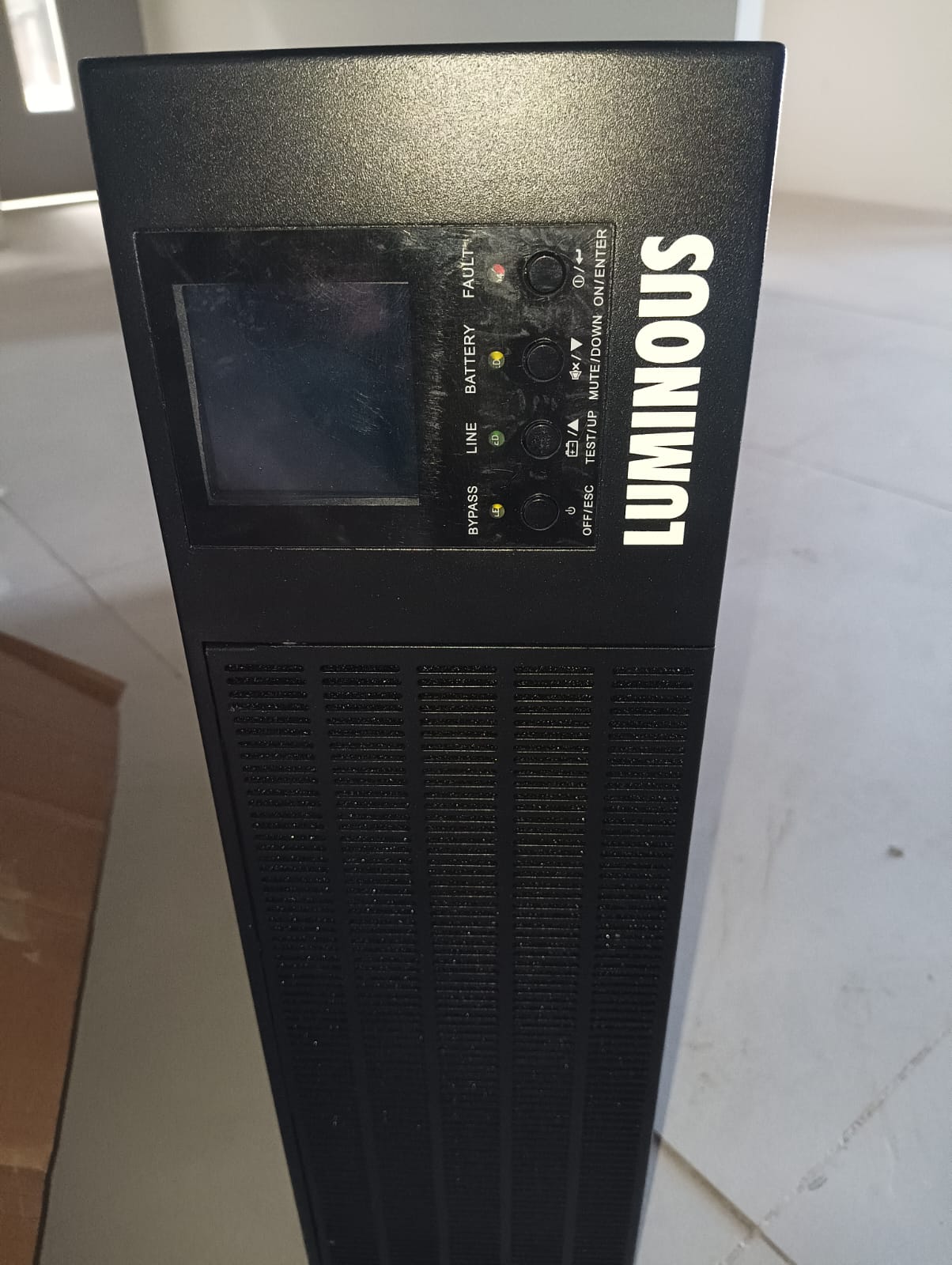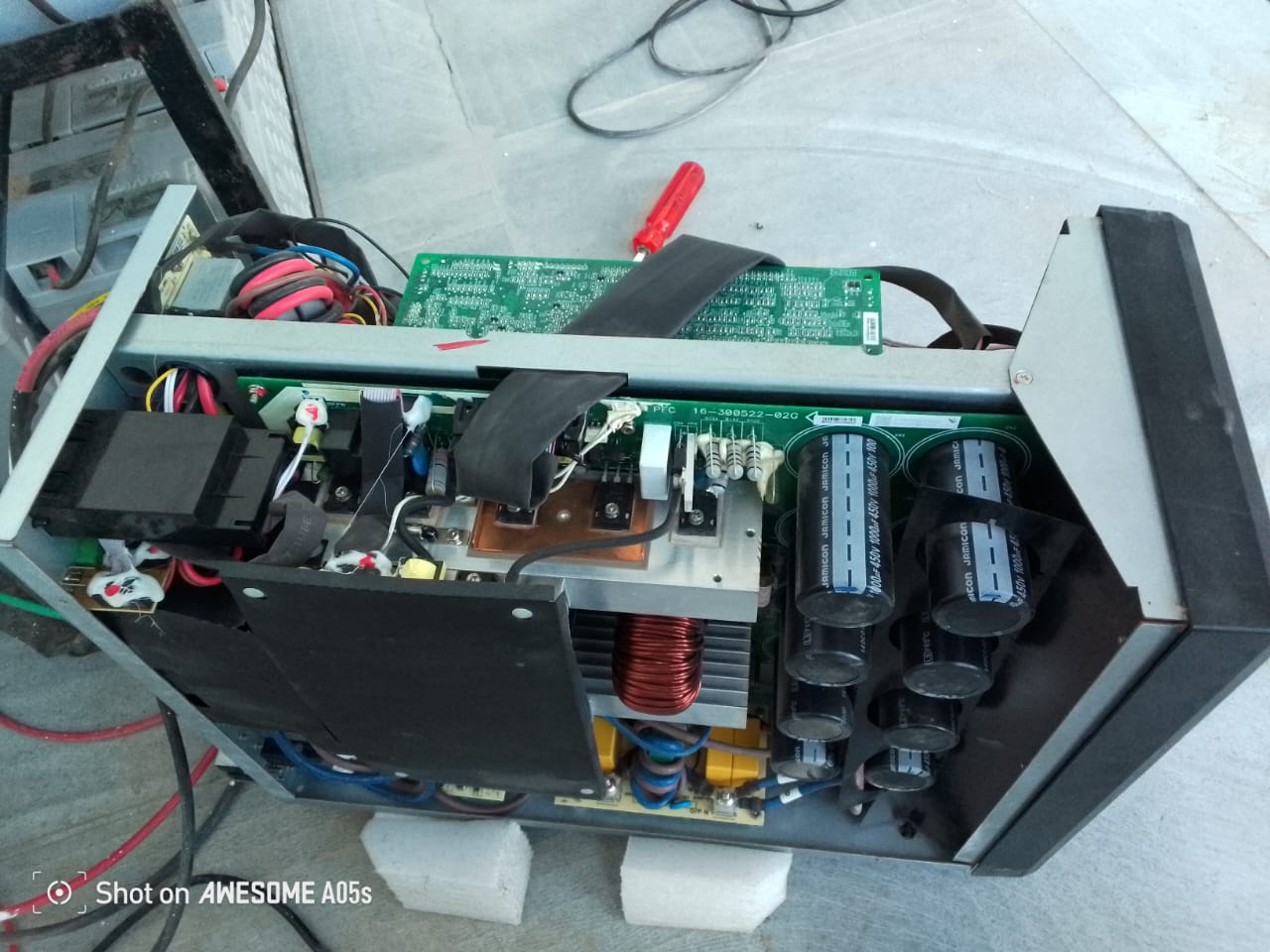Looking for Inverter, UPS, Battery AMC Universal Power System comprehensive UPS AMC and battery service solutions which are designed to improve costs, uptime, reliability, power quality and safety. Our Service Include: UPS Installation and Commissioning, Battery Replacement, Battery Testing and Maintenance, UPS Maintenance and Service Contracts, Project Management, Warranty Upgrade. In India and network of highly experienced contractors we can support clients in Gurgaon, Delhi, Noida , Bawal , Bhiwadi , Manesar , Sonipat , Faridabad and all around India. This comprehensive Annual Maintenance Contract for Home UPS and Corporates provides peace of mind to the customer as the service contract covers regular PMs (Preventive Maintenance) and unlimited breakdown calls during the contract period. Any replacement of spares is free of cost during the contract period and excludes batteries. AMC for Home UPS With a multitude of convenience products in today’s modern homes, Annual Maintenance Contract (AMC) is critical not only for the product but also for customers who have invested on the product. There are a host of benefits when you opt for Annual Maintenance Contract: No need to remember dates. No need to call us. We store your product details in our database. Our team of professionals visit once every 6 months automatically to check & maintain the health of your gadget. (Both Home UPS & Battery provided you have opted for an AMC for both) Even after expiry of warranty for your product, you can opt for Annual Maintenance Contract. Scope of Home UPS AMC Under Annual Maintenance Contract Program, the Home UPS & Batteries are included provided you opt for separate AMC’s for both. PCB’s, IGBT/SCR, Switches, Fans, Capacitors & LCD display will be replaced free of cost if there is any failure Chassis & wheels are not covered and shall be charged extra at actual. Pls write your Home UPS AMC requirements to info@universalpower.co.in we have different packages for all Range of batteries and UPS Online/Offline/Interactive UPS Maintenance Contracts for Corporates Here at Critical Power Supplies, we offer a comprehensive maintenance plan for our customers, including customisable options for your site. As leading brand service engineers, we have earned an enviable reputation for our UPS service, and boast premier power protection plans. For access to the very best in the industry, take out one of our UPS maintenance plans today and ensure that your business stays safe. As UPS systems support critical applications we believe that through planned maintenance and effective battery testing we can ensure the reliability of your backup system. We strive to offer a professional, reliable and trusted service so our customers continue to benefit from our support for the life of their system.








